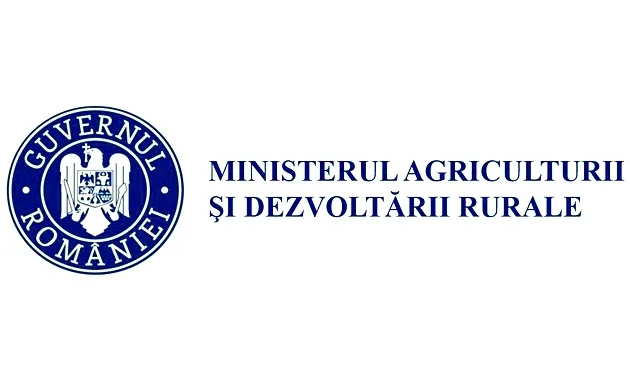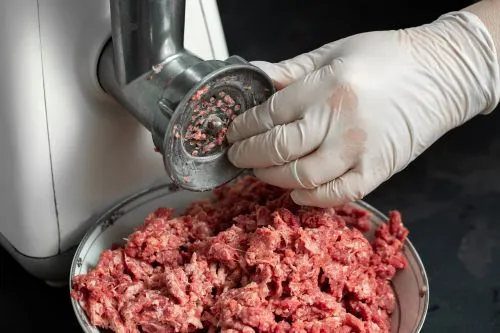
In its quarterly update, the pork market analyst Dr. John Strak, as quoted by PigProgress, analyzes the global pork market. Unfortunately, "depressed" is the word that best describes it.
From Complicated to Depressing:
Thoughts on the global pork market were last published in July, summarizing the situation as "complicated" at that time and urging caution for producers. Now, life has become even more complicated (with issues like Ukraine and Israel-Hamas), and in the past few months of this year, the global pork market can simply be described as "depressed."
However, there seems to be no sign of antidepressants to counter this mood. The data presented here supports the pessimistic outlook, and, to make things even gloomier, prices (seasonally adjusted) for producers don't seem to be improving before the end of the first quarter of 2024, certainly not before the end of this year. In July, there was hope for a less bleak autumn, but it appears that a long and harsh winter is on the horizon.
Exacerbated Crisis:
Back in July, it was noted that "there's no turning point in the global pork price cycle before the autumn equinox." That date has passed, and if anything, the downward trend of the global pork price cycle has been exacerbated. Figure 1 illustrates the current position of the cycle based on data extending up to the beginning of October.
All major pork exporters are following a price behavior that leads to a decline in the pork price cycle. The supply contractions in North America and Europe that were reported previously in this column have not been sufficient to counter the cycle's tendency to remain in a downward phase.
Analysis of various prices and rate changes on this chart indicates that things will get worse (lower prices) before they get better. There's no sign of a turnaround in the cycle.
China's Economy at a Standstill:
The mood in China's pork supply chain is "hesitant." It has also been noted that China's economy is wavering. As more and more news and verifiable data come out of China, the last point seems particularly relevant.
Although the latest report on China's economy suggests that GDP growth may recover, it's undeniable that consumer incomes are tight, among other factors, due to high youth unemployment and the domestic real estate crisis. This has led to reduced confidence and a desire to spend.
For Chinese producers, the global growth slowdown and trade, technology, and geopolitical tensions between the US/West and China have also affected growth. In the pork sector, larger conglomerates and pork producers/processors have been losing money, and margins have generally been negative.
Pork prices, as shown in my chart, have taken a nosedive as producers (likely burdened by ASF, poor market information, and self-indulgent forecasts) struggled to restructure according to the new demand parameters.
Chinese companies involved in the pork feed sector seem to be operating on a stop-go strategy, despite the size of the investment funds involved. As always, China is the wild card in the global pork market, and that's not meant to be a compliment.
North American Intentions:
Data indicates that the stabilization of the US pig population has continued. However, the census report also indicates that "US pig breeders intend to farrow 2.93 million sows in the September-November 2023 quarter, down 5% from actual farrowings in the same period a year earlier and 4% lower than the same period two years earlier.
Farrowing intentions for December 2023-February 2024, at 2.91 million sows, have decreased by 1% from the same period a year ago."
These intentions imply fewer pigs and likely less pork in the period leading up to Christmas this year. We may see a rebound in US pork prices in line with the seasonal pattern.
The Party's Over in Europe:
It was noted earlier that pork prices in Europe were on a high, but the summer of 2023 has put an end to the good times. The average pork price in the EU peaked in mid-July. Real prices are set to exceed this trend, and there appears to be ongoing weakness, at least until the arrival of the Christmas season. Reduced domestic demand and an export market that has become less competitive for EU producers are part of the story of restructuring the pork sector in Europe.
Events in the Middle East and the rigidity of energy prices in Europe do not inspire confidence for EU producers or consumers. Short-term prospects for EU agricultural markets in 2023 and 2024 have been recently published.
The outlook reports, "A smaller breeding stock, as well as African swine fever, is expected to push EU pork production down by 6.6% in 2023, despite lower feed prices. Sustained domestic demand and lower demand from China will slow EU exports by 16% in 2023.
In the first half of 2023, EU pork production fell by -8.6%. This level of contraction in a key sector of animal proteins will likely lead to future price increases if domestic and/or export demand for pork rebounds.
Is the Global Market Destroyed?
If you make a living in the pork production and pork industry, the information doesn't offer much joy.
However, there may be a glimmer of hope in 2024. It would be extraordinary if the global price cycle downturn were to continue into the next year.
If there's growth in the next 12 months, it's wise to closely monitor and continuously focus on animal health, breeding programs, and fertility programs. Being resilient and prepared is the most optimistic tone I can offer.




